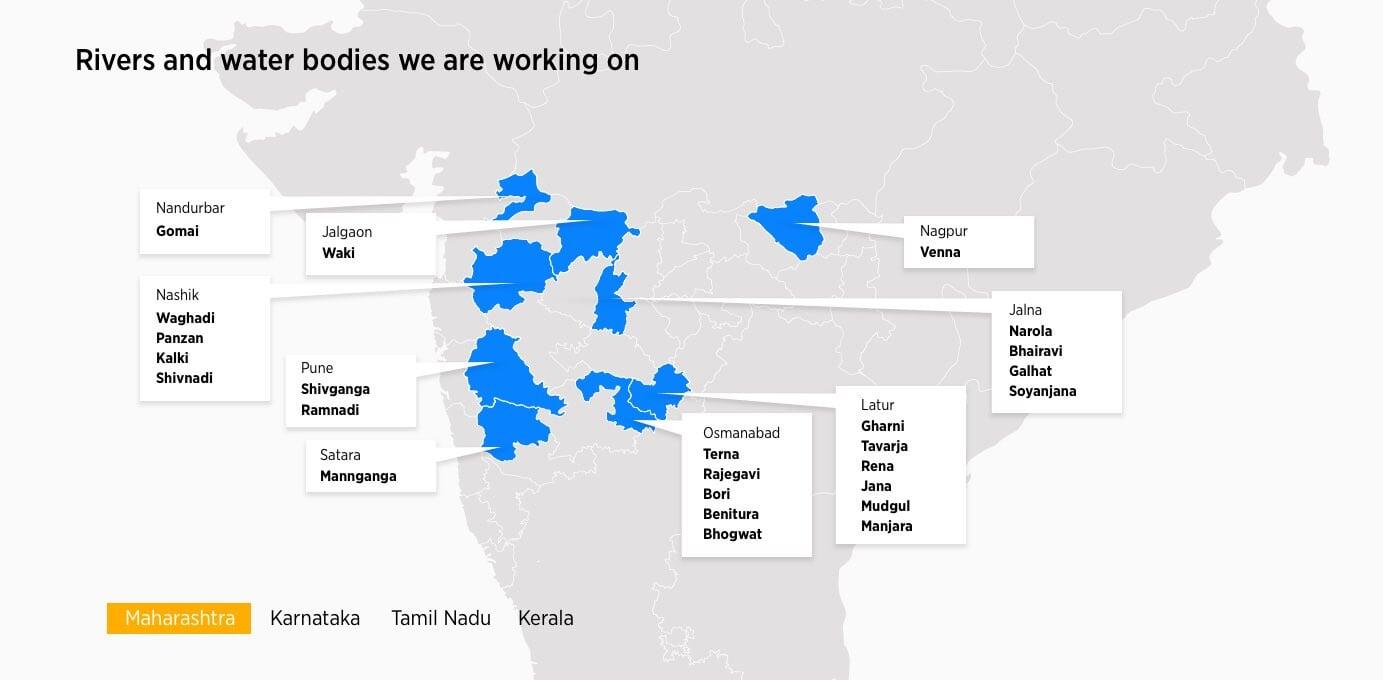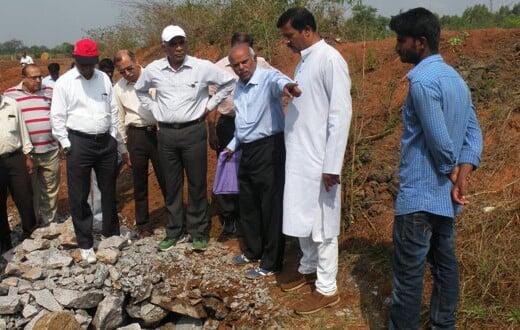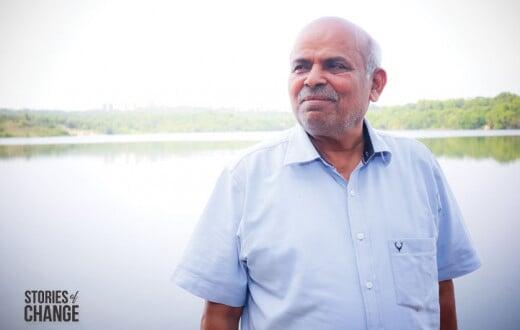Achievements

68,800 volunteer hours
dedicated to Pampa river clean-up

47 rivers

512 tons of garbage
"We have always used the water from the holy rivers like Ganga and Yamuna to purify ourselves, but today we have reached a point where we have to purify this water. So, we are waging war against pollution in our rivers. The government alone cannot do it. We will have to come together.”
- Gurudev Sri Sri Ravi Shankar
Achievements
Believe it or not, the average amount of rainfall has remained the same over the past 50 years. Despite that many rain-fed rivers have become dry. The main cause was traced to the mismanagement and unchecked overuse of this precious resource.
Loss of green cover has resulted in water not percolating into the ground to recharge the water table below. This disruption of natural groundwater recharge mechanisms has disabled rivers from replenishing themselves. People dug bore wells indiscriminately aggravating the situation.
Over the years, planting of water intensive crops has further worsened the situation resulting in insurmountable debts and farmer suicides. Veering away from our traditional cropping pattern and water harvesting techniques have cost us very heavily.
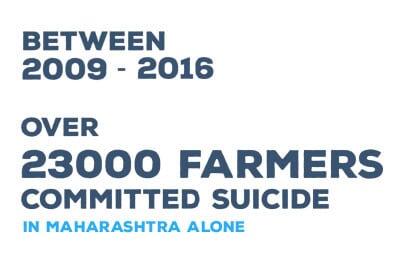

Strategy
The Art of Living devised a three-pronged approach for its river projects:
Comprehensive: Provide local solutions in a scientific manner that mimic natural systems for restoring water.
Community-driven: Empower local communities through capacity building frameworks.
Desilting river beds and water bodies: It deepens the river bed, making it possible to collect more water. The silt can be used by farmers as it is rich in nutrients.
Sustainable: Solve the immediate needs of giving people access to safe water and also create systems that ensure reliable supplies in the future.
- adoption of a structured, strategic planning process
- all the steps adopted to reach our goals has fulfilled the 3 pronged criteria


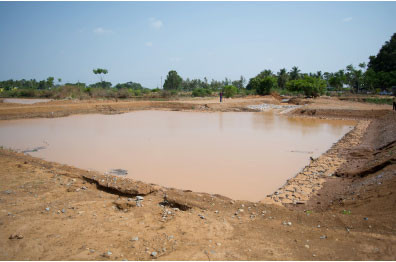

Our village has been facing a water problem for the last 15 years. Now we have water in wells and the groundwater is abundant, not only in our village but in the vicinity as well.
- Balaraman, Farmer, Salamanthanam village, Vellore district, Tamil Nadu
Till date, The Art of Living has provided free education to more than 70,000 kids. Most of them are first-generation learners.
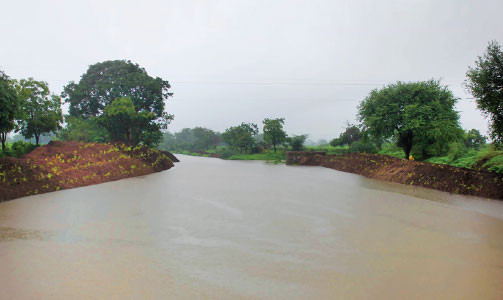
IMPACT
From improving groundwater levels to employment generation, our river projects have created a long-lasting and powerful impact. Following are our areas of impact:
A rise in groundwater levels: The primary impact of the river restoration projects has seen improvements in groundwater levels in the 7,500 sq. Km implementation area, over 65 percent of which is classified semi-critical, critical or overexploited by the Groundwater Surveys and Development Agency (GSDA).
Increasing farmers’ incomes: The consistency in water supply has augmented farmers’ incomes through improved agricultural yields and increased the number of crops per year, directly reducing farmer suicides.
Curbing water tanker mafia: This has helped to curb the water tanker mafia that has proliferated in the target regions during the past decade.
Community engagement and employment generation: A significant proportion of these river restoration projects, executed under the Mahatma Gandhi National Rural Employment Guarantee Scheme, generated 6.5 lakh days of direct rural employment.
- 900 jal sevaks (water warriors), trained through capacity building workshops, created focused grassroots leadership in the villages.
- 30,000 people were further sensitized through multi-level engagement, consisting of training, meetings and mass media use.
- This approach of community engagement facilitated social equity, for instance in the Naganadhi River Rejuvenation project in Tamil Nadu, nearly 90 percent of the ongoing project workers are women.
Multiple partnerships with the governments: The success of the projects undertaken in partnership with the governments has resulted in major changes to the water policy and current government structures.
47 rivers
and its tributaries being rejuvenated
22,562+ recharge structures
built
70,00,000 people
benefitted
6186
villages
transformed
200 km long CCT
repair of check dams, construction of gabion structures
2,5,00,02,372.136 litres
water storage capacity increased
512 tons of garbage
clothes, plastic removed during the Clean Yamuna Campaign
68,800 volunteer hours
spent on the Pampa river project
